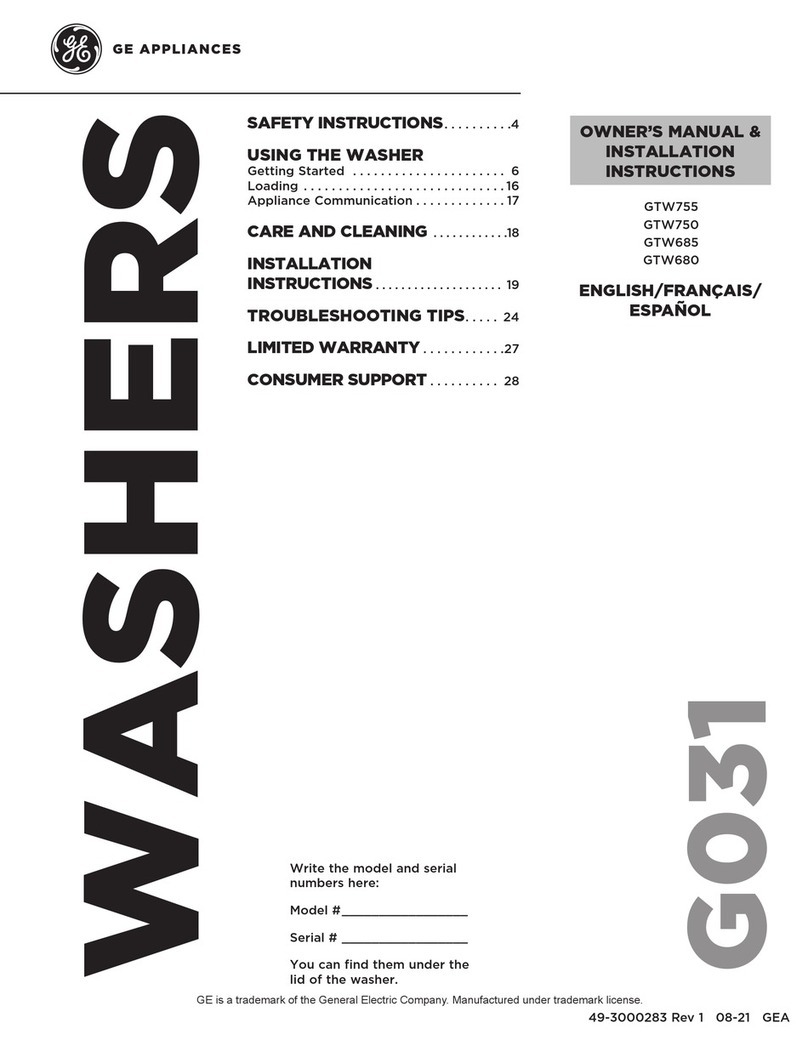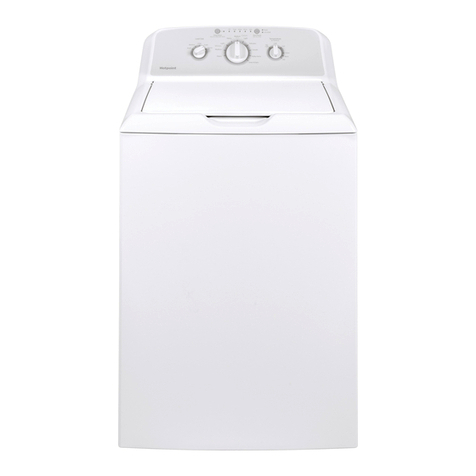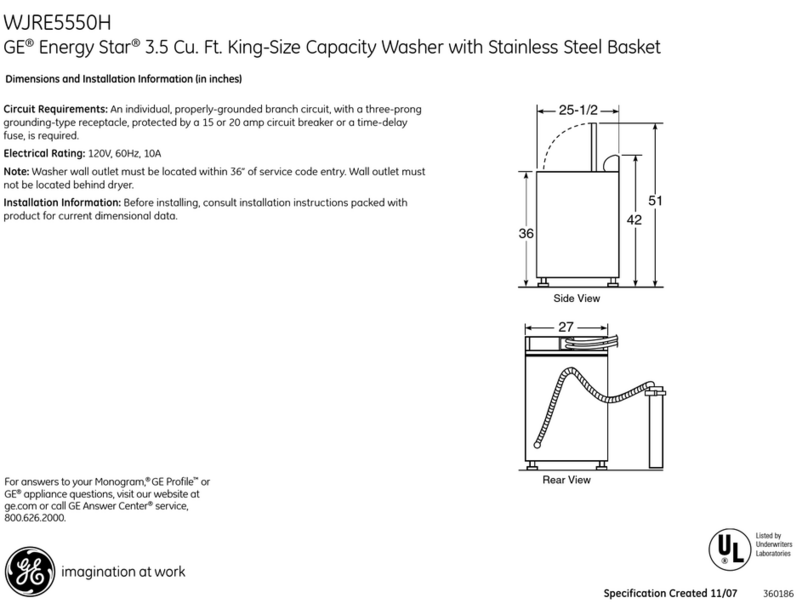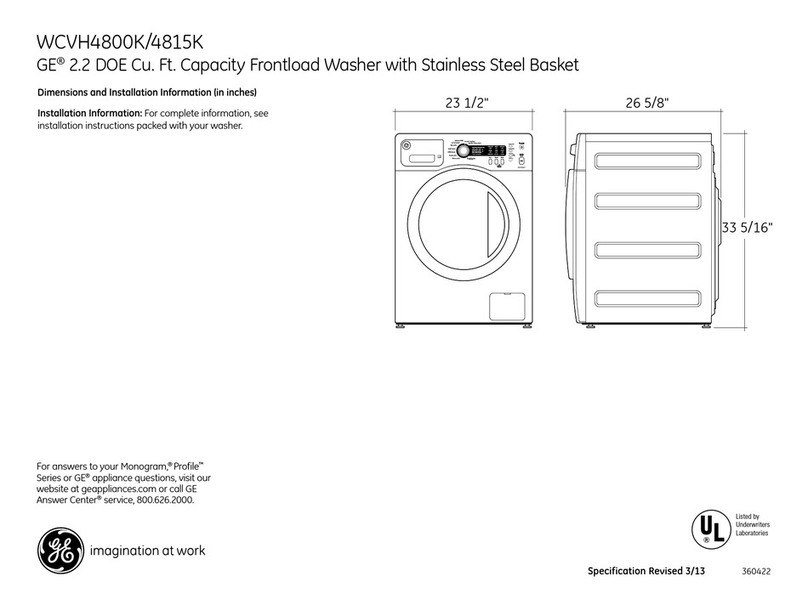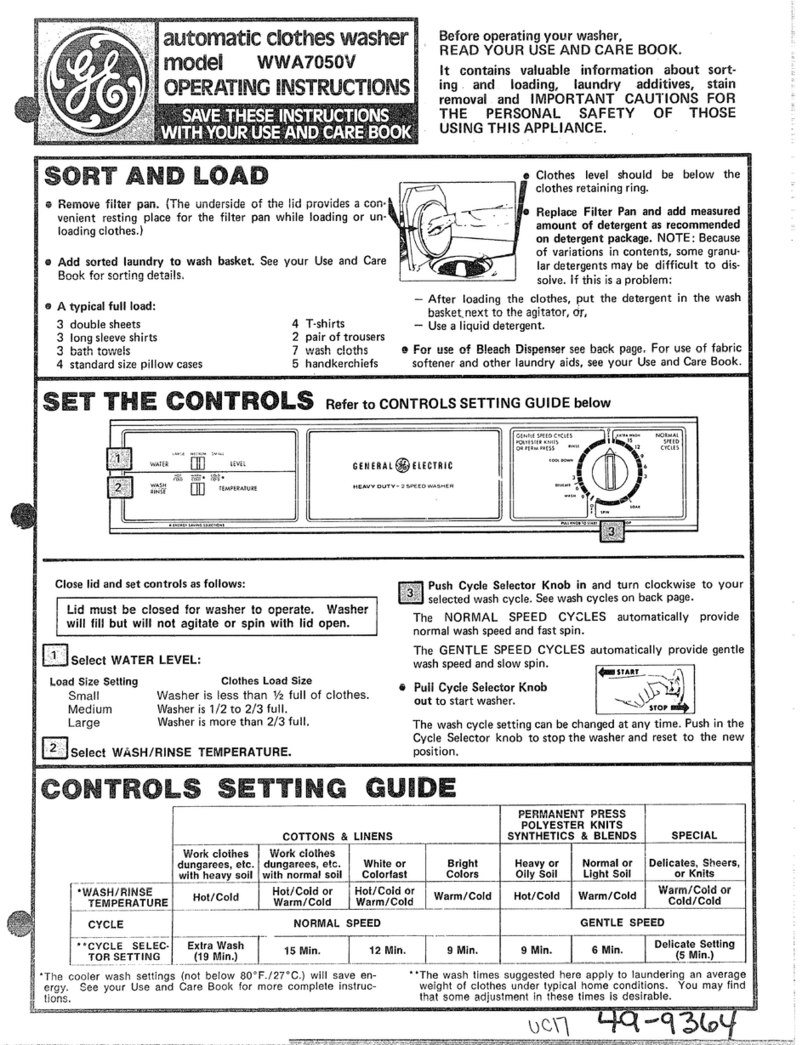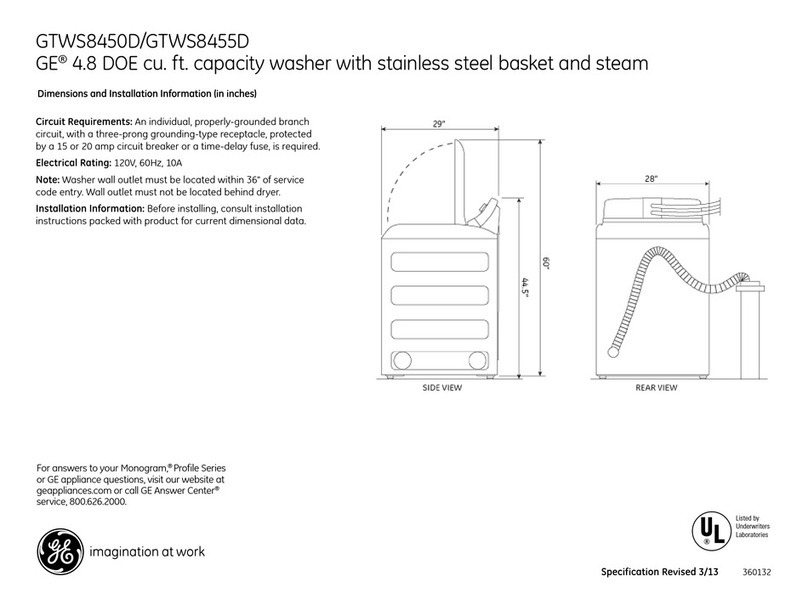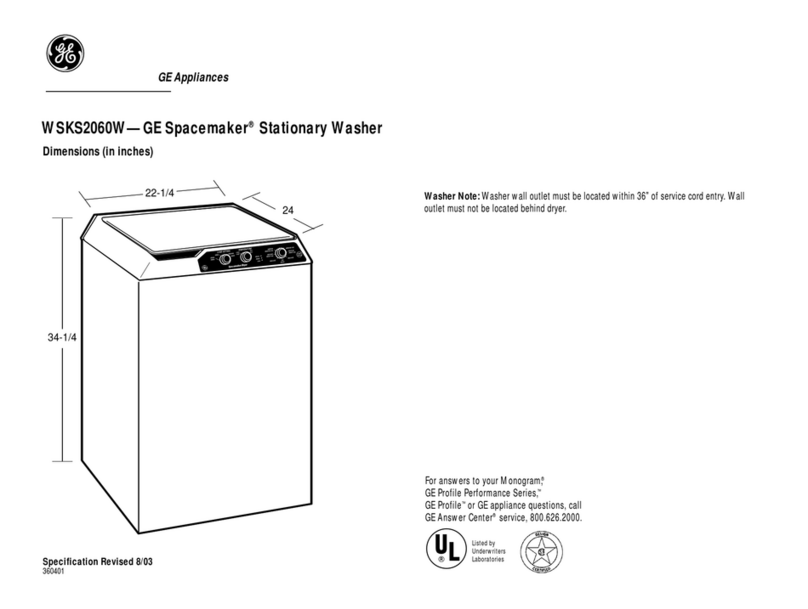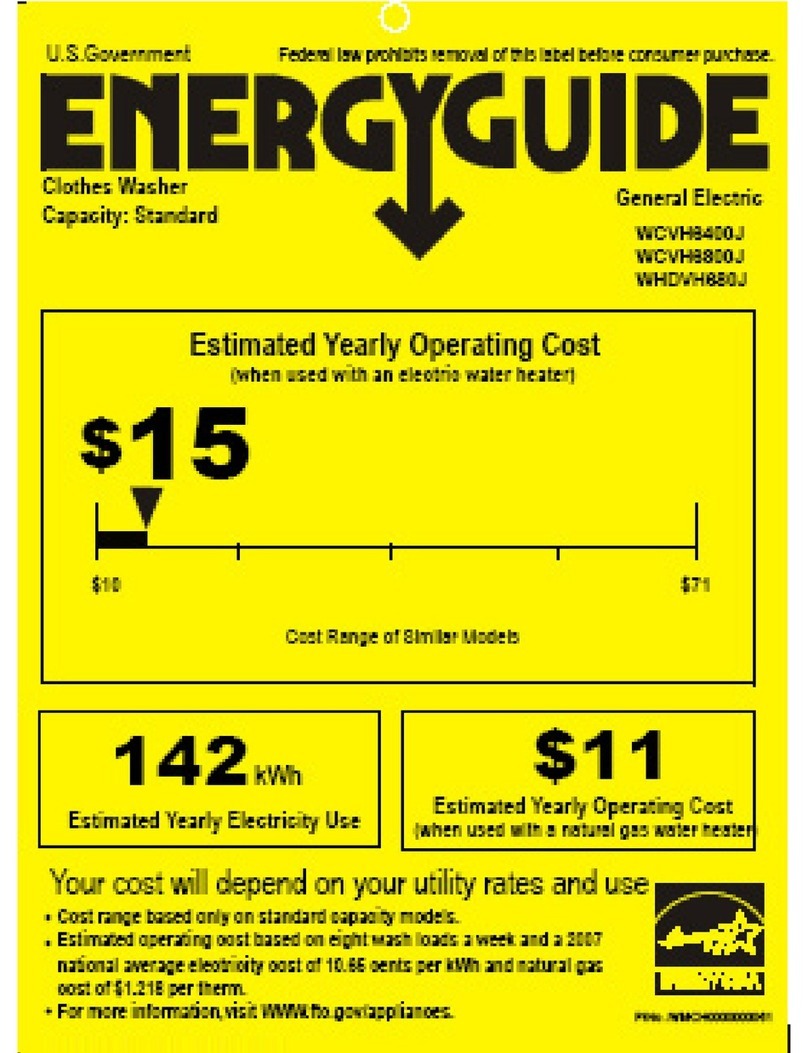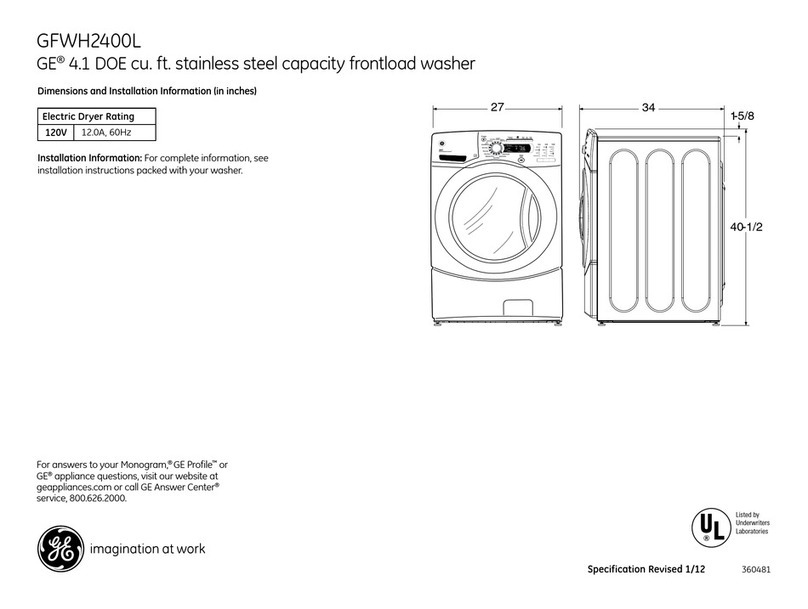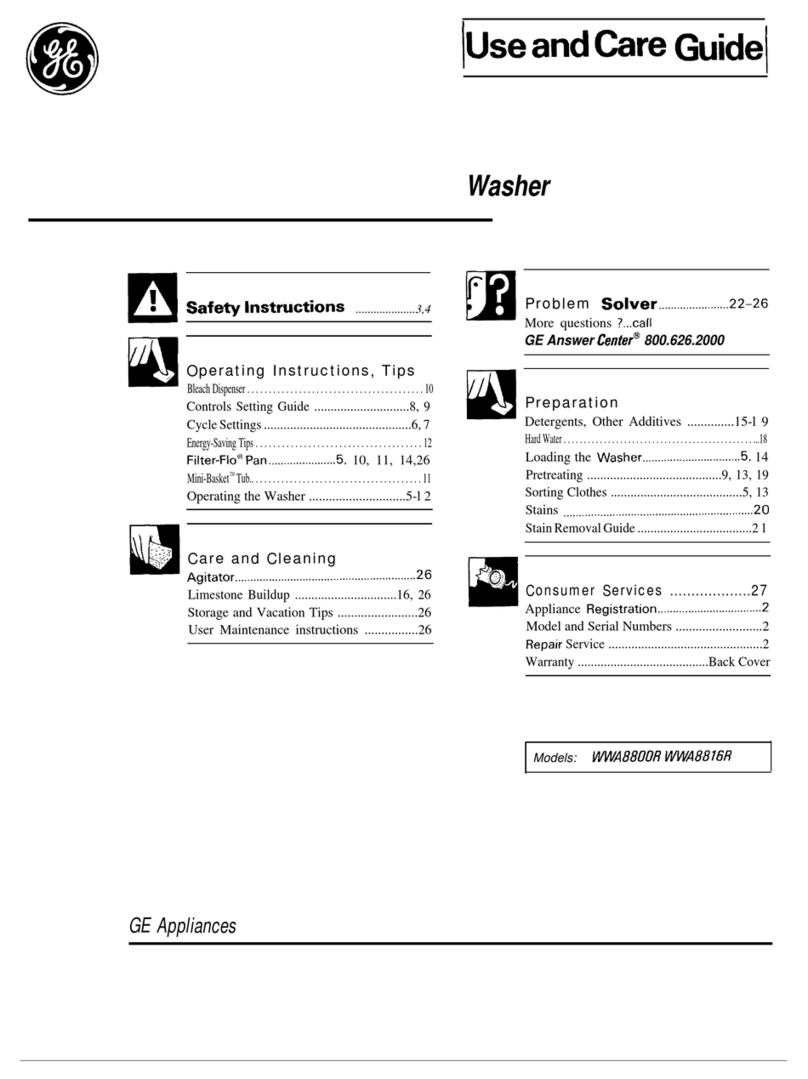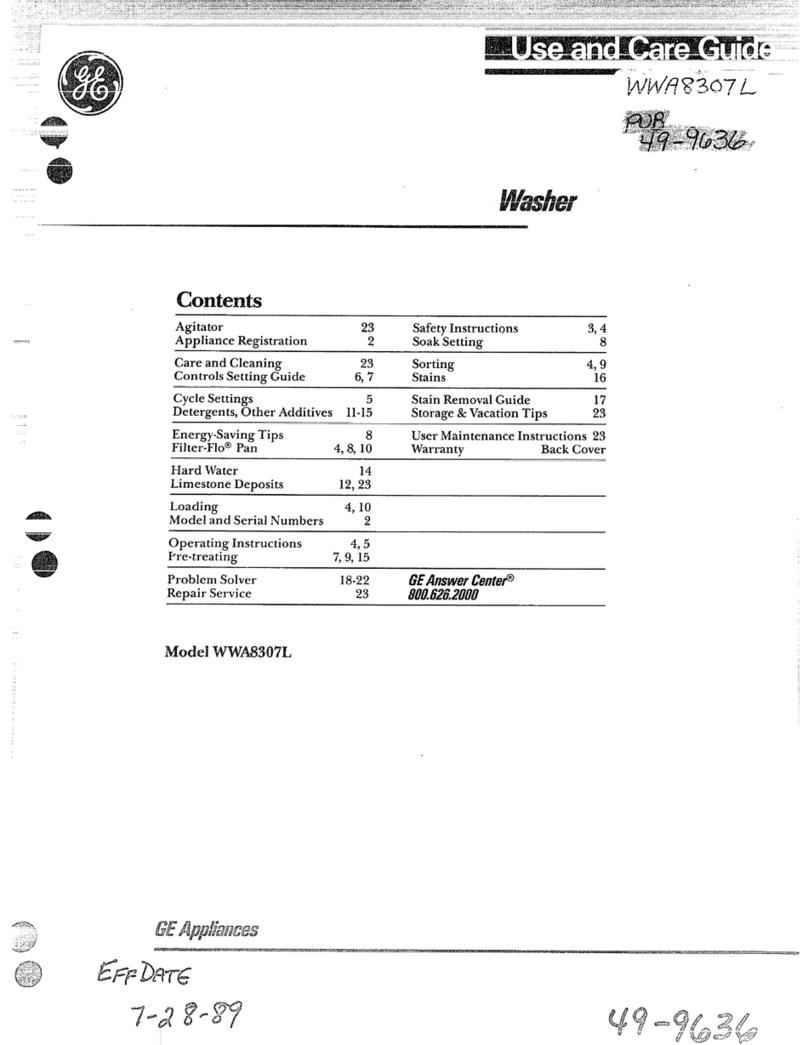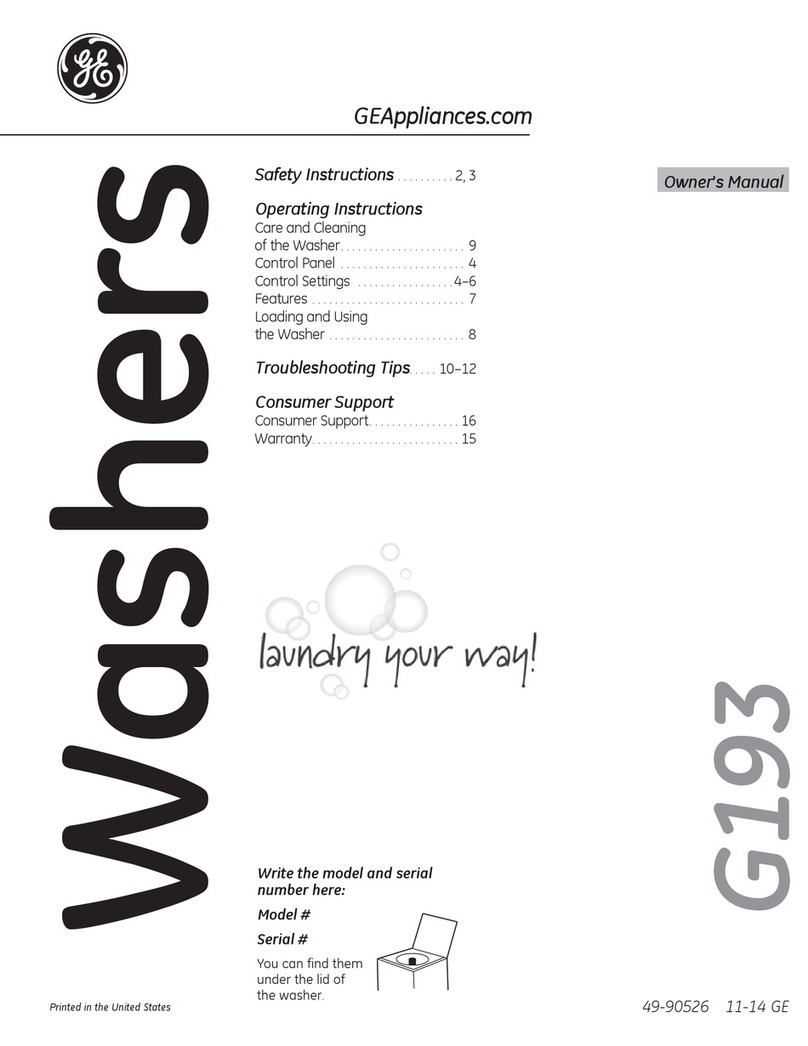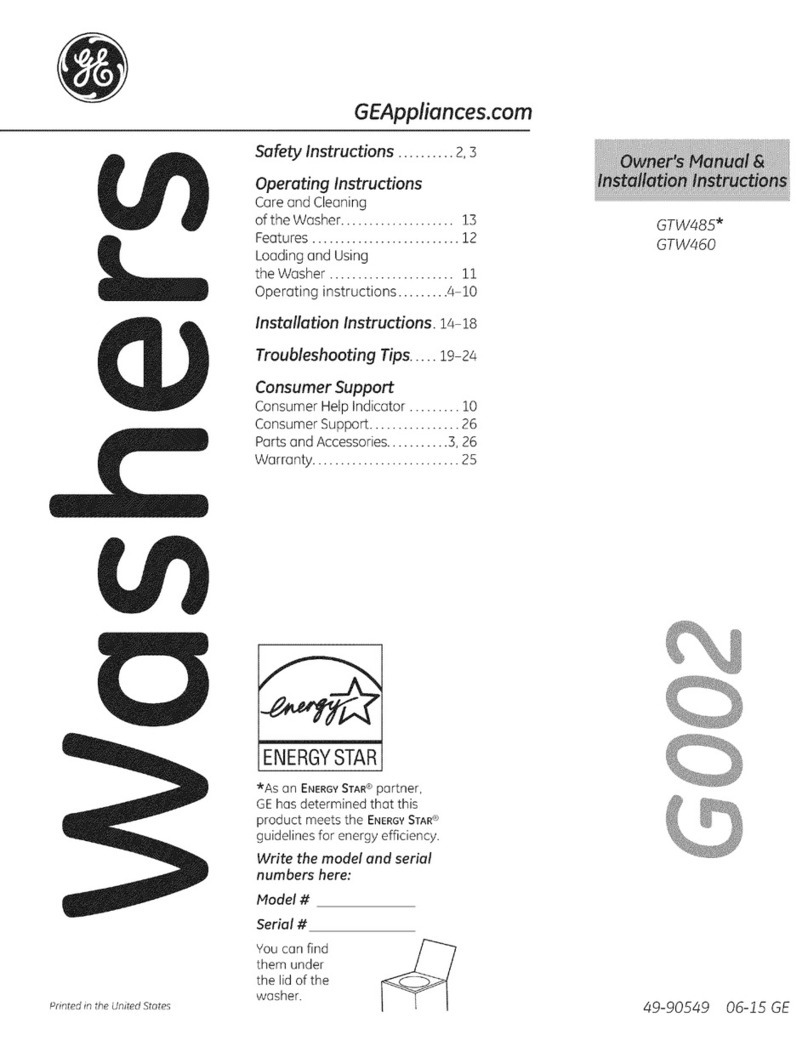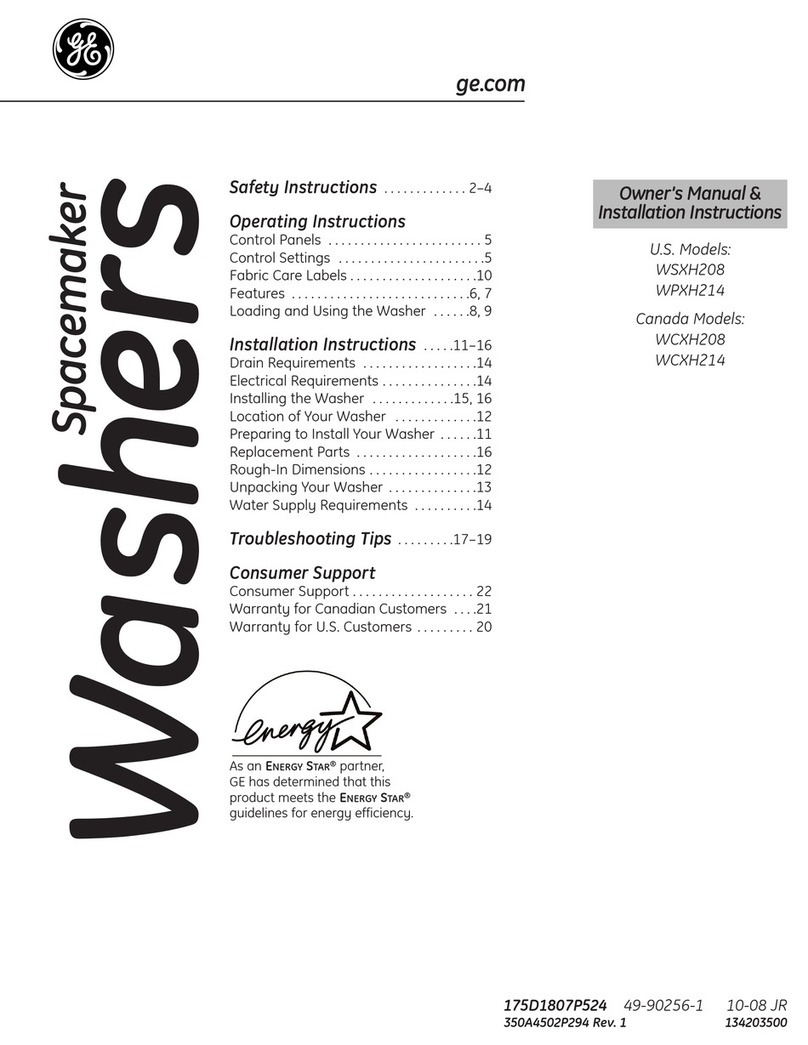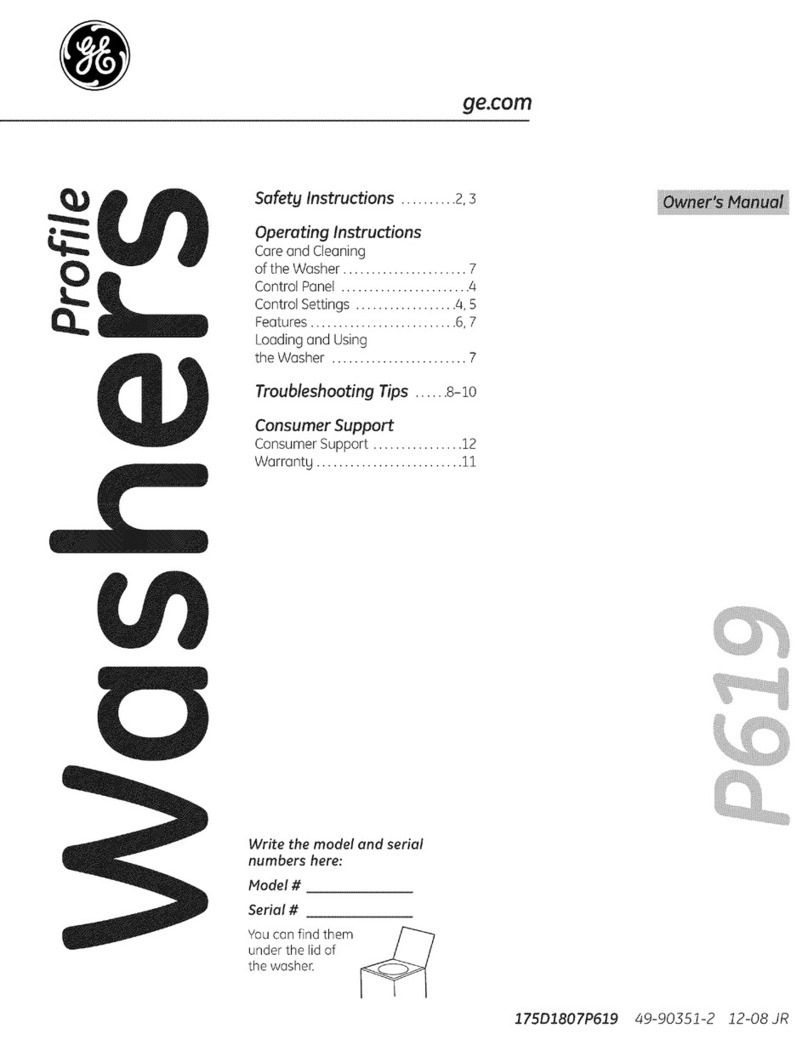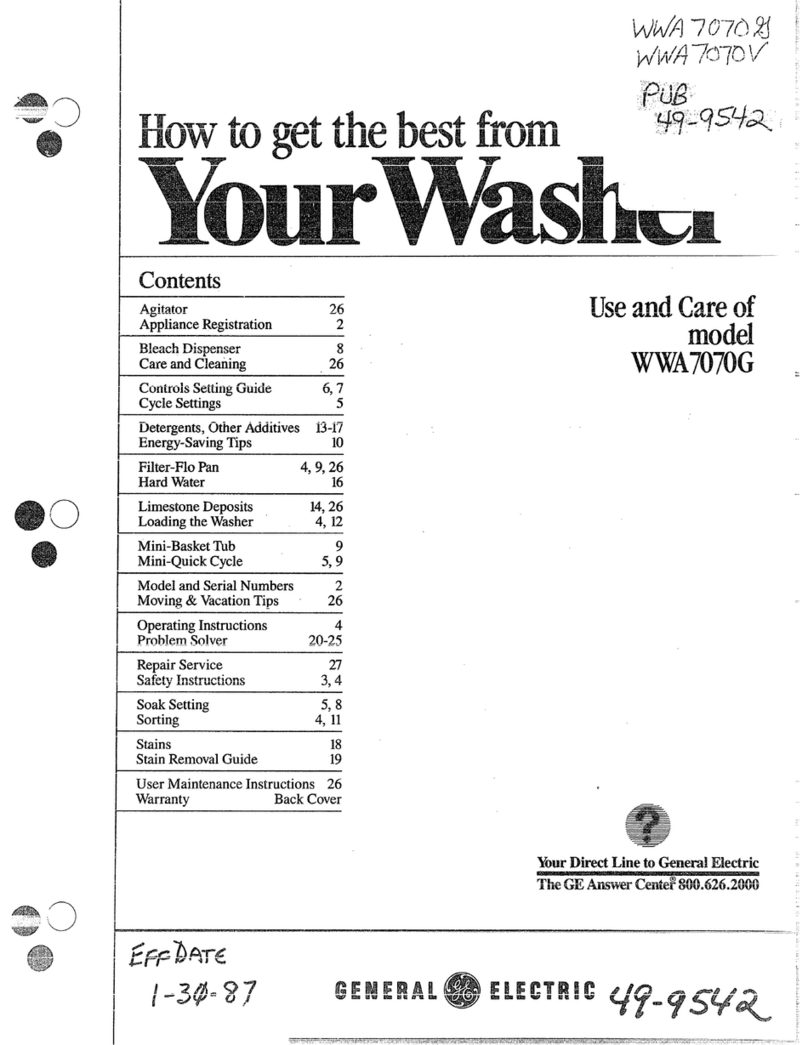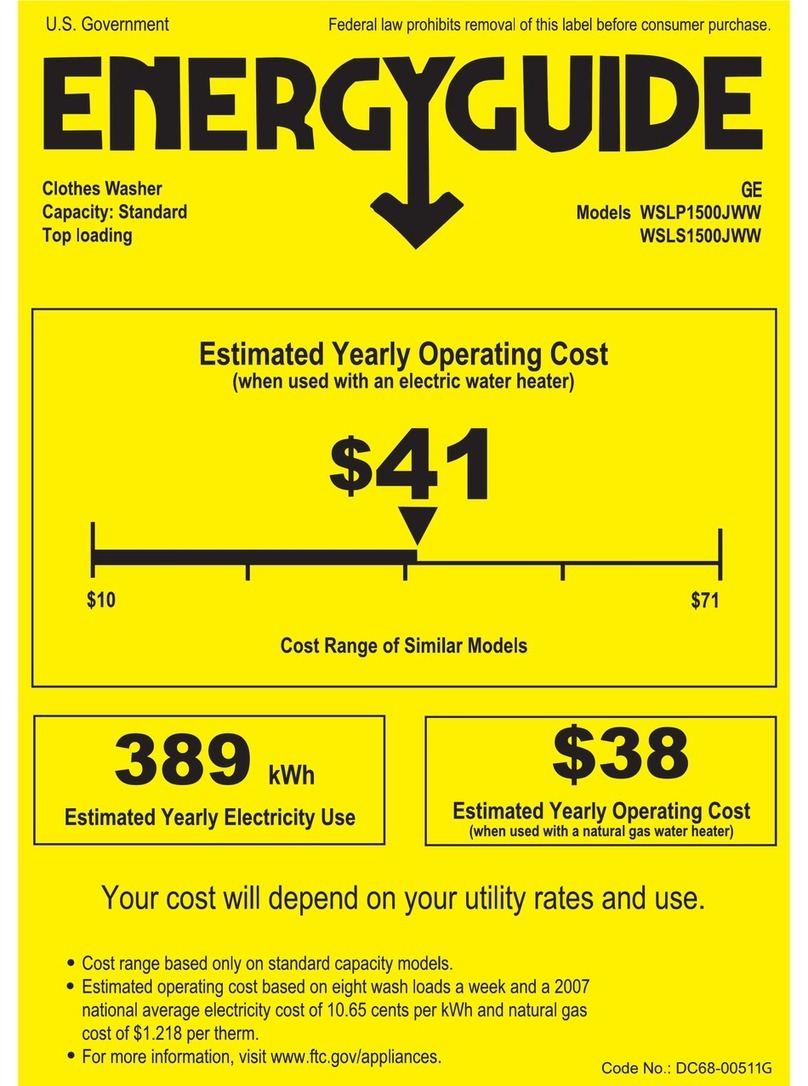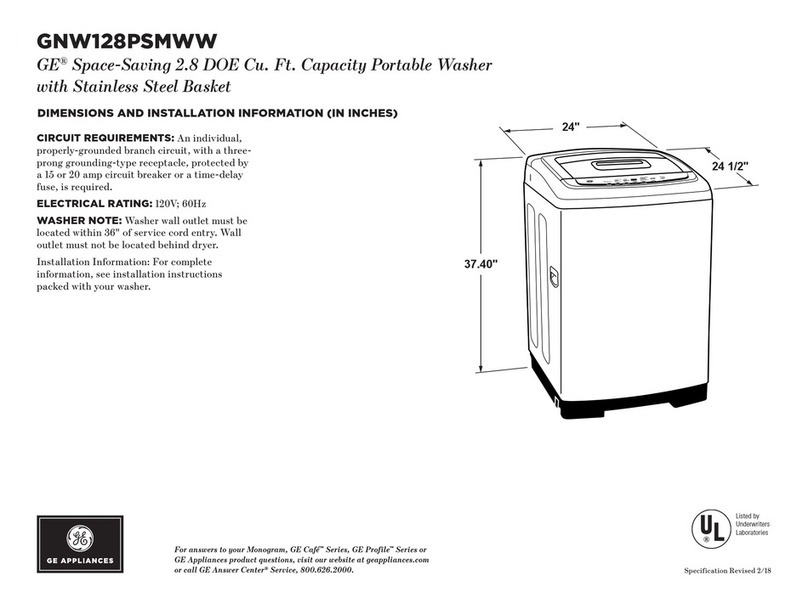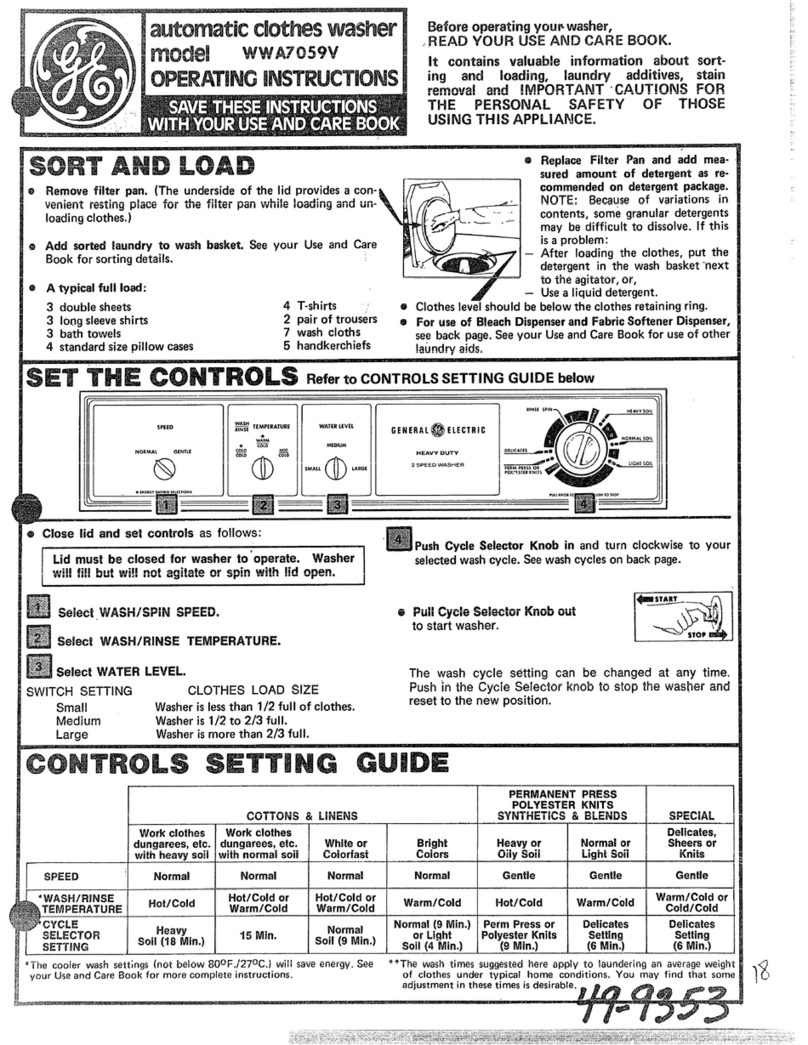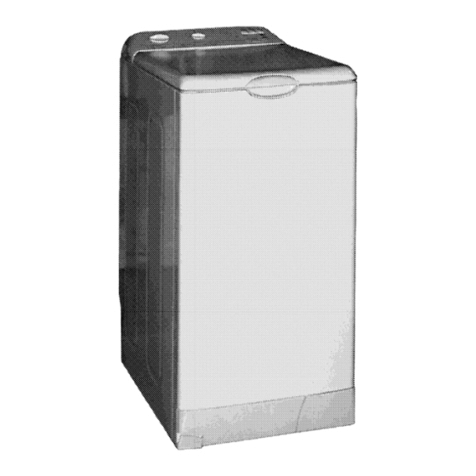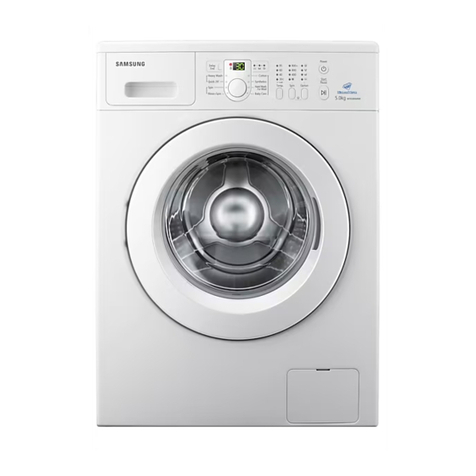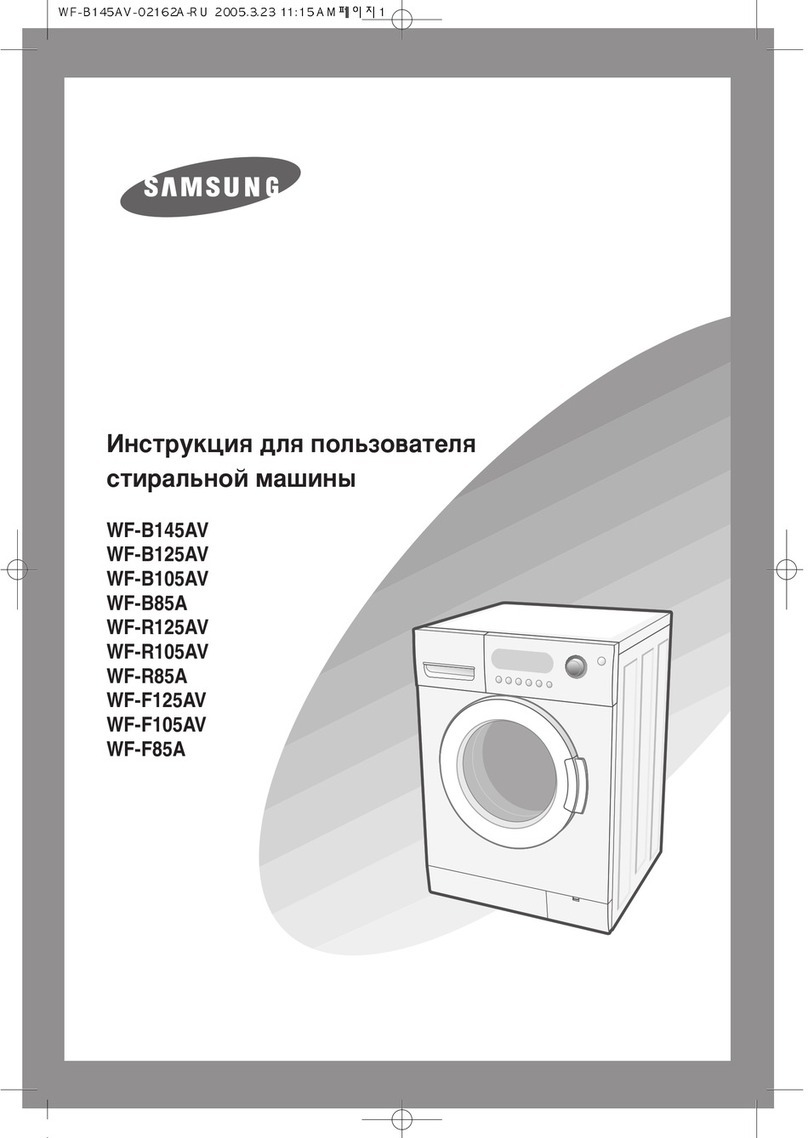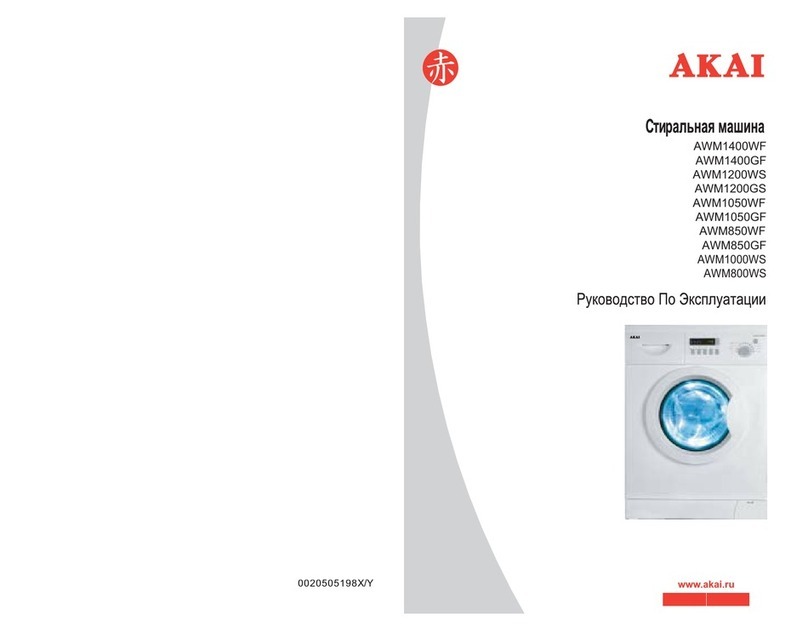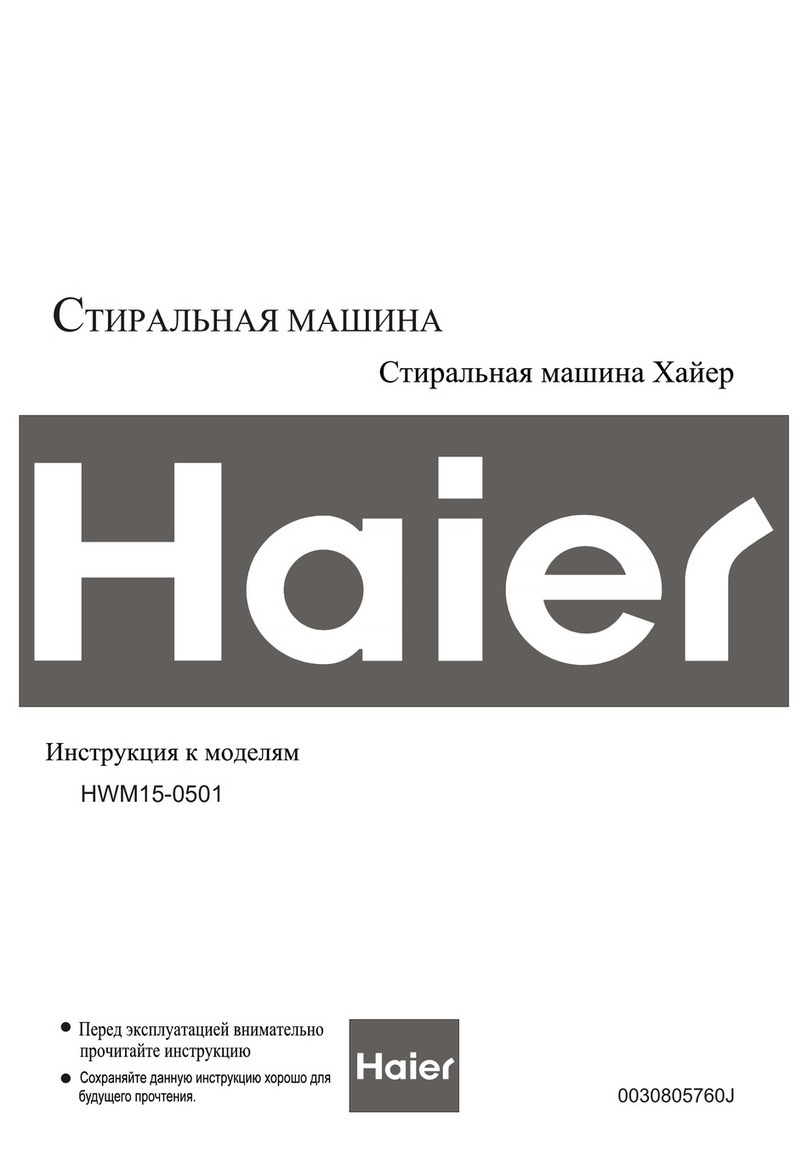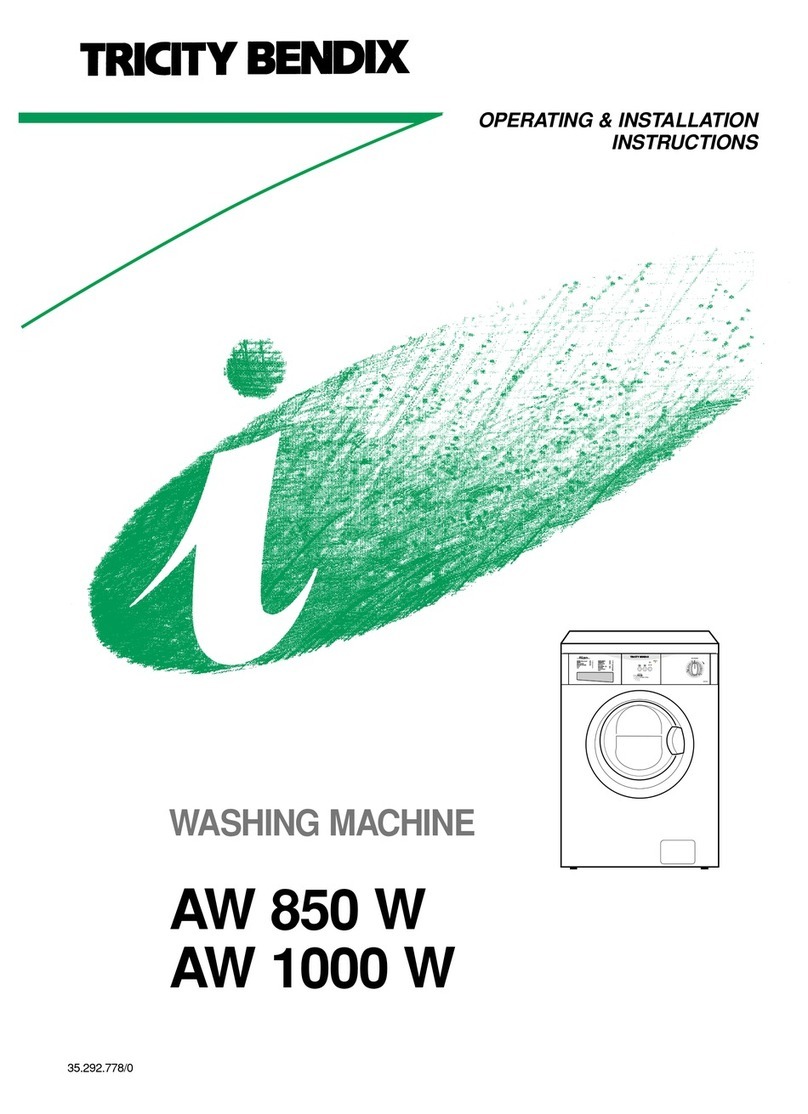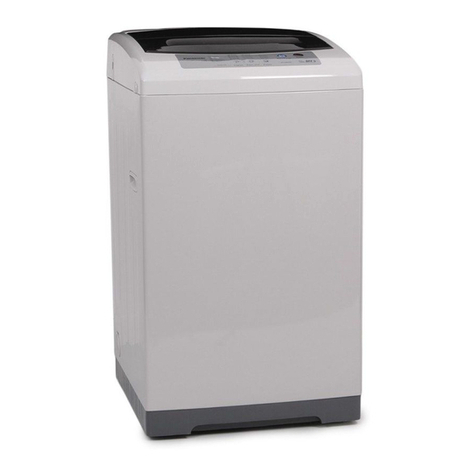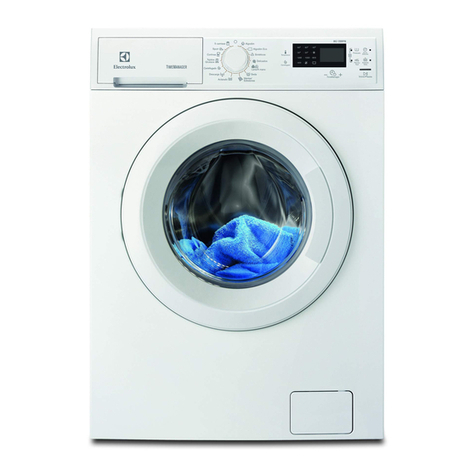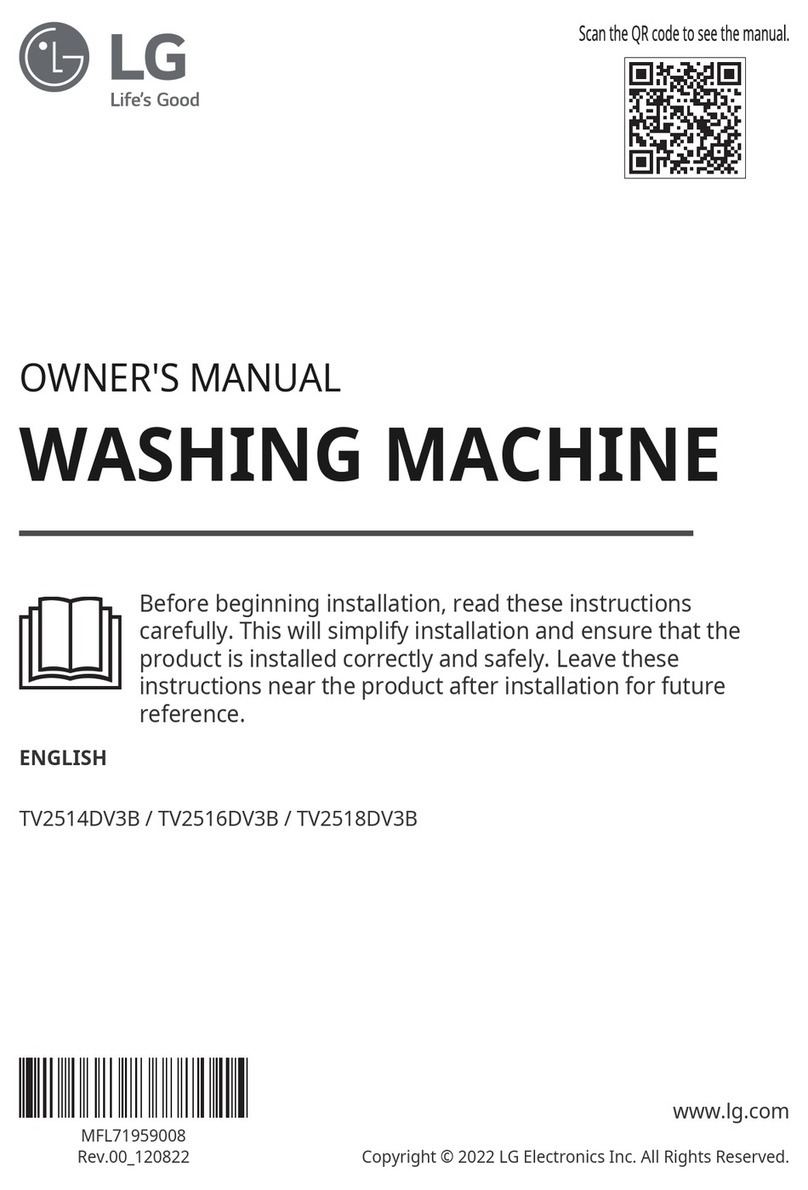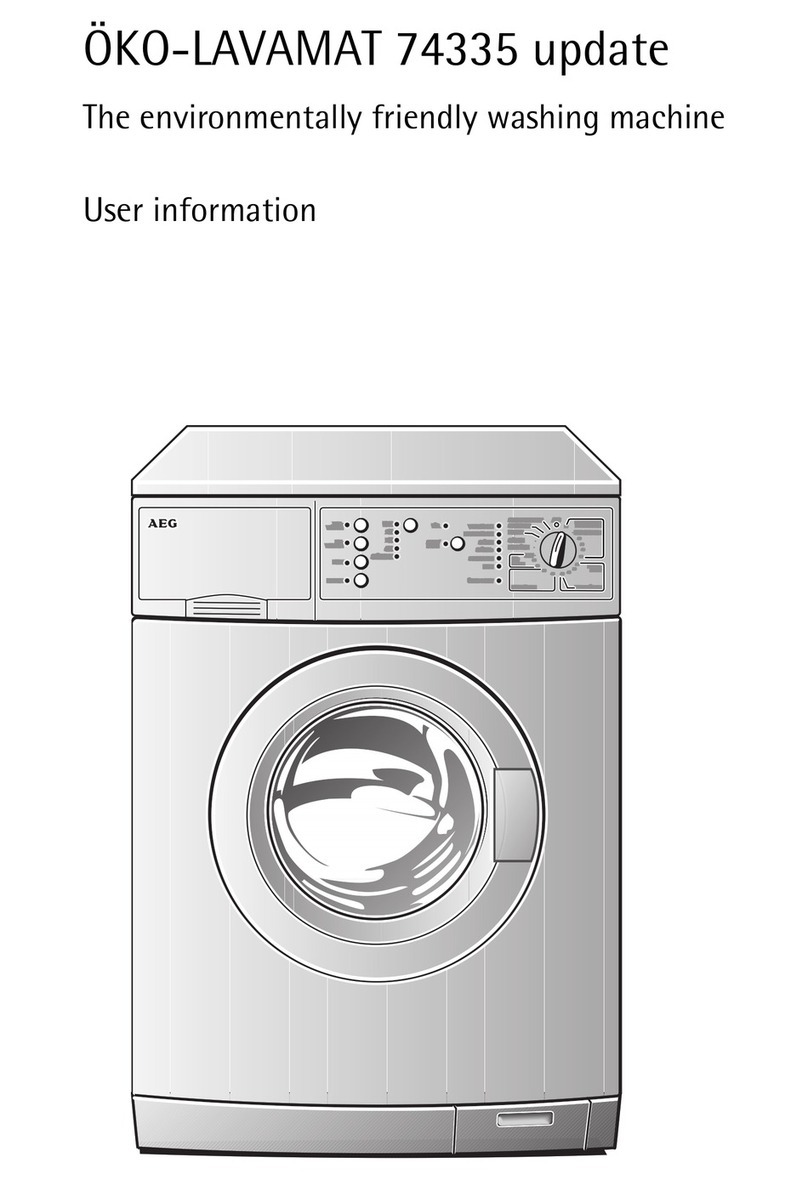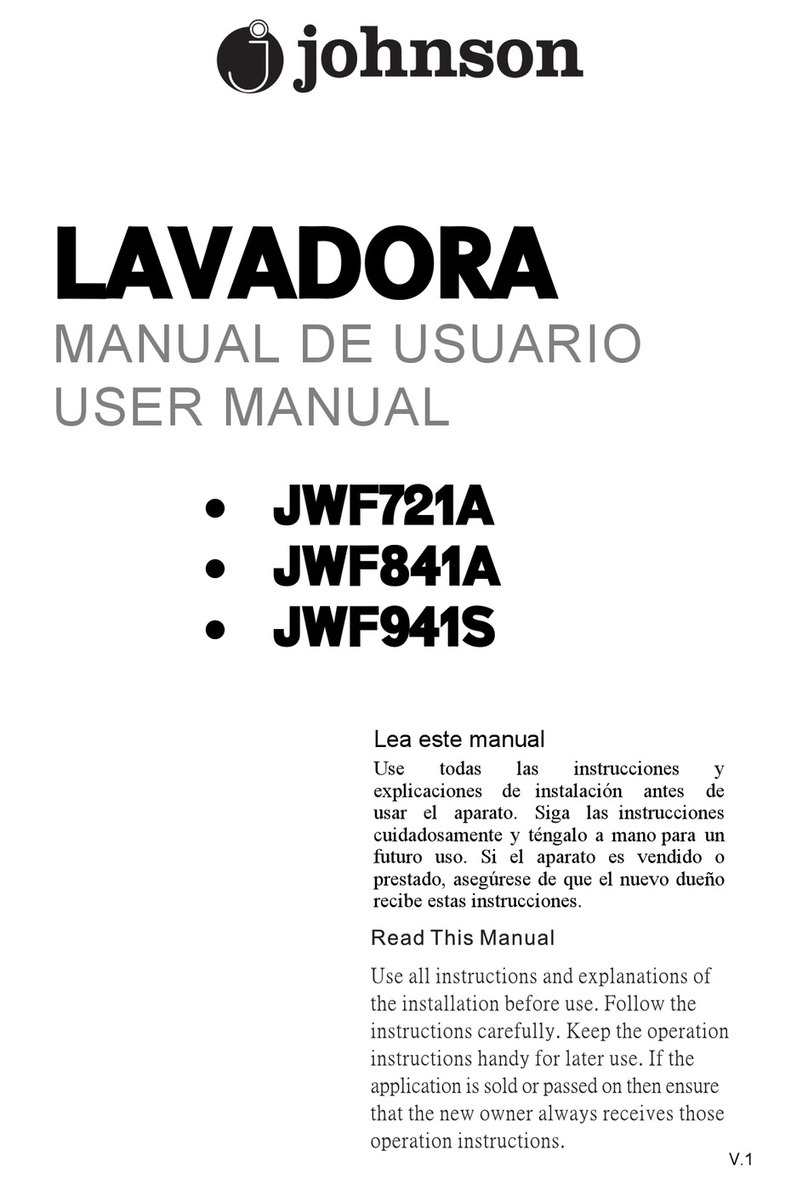
– 3 –
Backsplash ......................................................................................................................23
Basic Wash Cycle ............................................................................................................17
Bearing Housing Assembly ..............................................................................................37
Brake Resistor .................................................................................................................25
Clutch Shifter Assembly ...................................................................................................35
Component Locator Views ........................................................................................20
Consumer Help Screens ..................................................................................................15
Control Features ................................................................................................................7
Control Quick Reference Chart ........................................................................................42
Drain Pump ......................................................................................................................30
Factory Test Mode ...........................................................................................................40
Field Service Mode ..........................................................................................................38
Hall Sensor ......................................................................................................................34
Inverter .............................................................................................................................24
Inverter and Main Board Pin Connectors ........................................................................22
Main Control Board and Touch Screen LCD ....................................................................23
Membrane Keypanel ........................................................................................................24
Model Number ...................................................................................................................4
Motor Assembly ..............................................................................................................33
My Cycles ........................................................................................................................14
Nomenclature ...................................................................................................................4
Overview ............................................................................................................................6
Operation Overview .........................................................................................................17
Outer Tub and Suspension Assembly .............................................................................32
Parts 49
Protective Cover ..............................................................................................................25
Pressure Sensor (Water Level Switch) ............................................................................26
Quick Start .........................................................................................................................8
Sales Demo Mode ...........................................................................................................16
Schematic ...................................................................................................................48
Serial Number ....................................................................................................................4
Stain Inspector .................................................................................................................10
Switching the Washer and Dryer Backsplashes ..............................................................54
Summary Screen .............................................................................................................12
Temperature Conversion Table ........................................................................................58
Thermistor/ATC Control (Auto Temp) ..............................................................................32
Top Cover ........................................................................................................................28
Troubleshooting ...............................................................................................................43
Warranty ............................................................................................................................5
Water Valve Assembly .....................................................................................................27
Wash Basket ....................................................................................................................29
Washer Components .......................................................................................................23
Wash Cycle Chart Example .............................................................................................19
Wash Cycles ......................................................................................................................9
Water Valve Assembly .....................................................................................................27
Table of Contents

